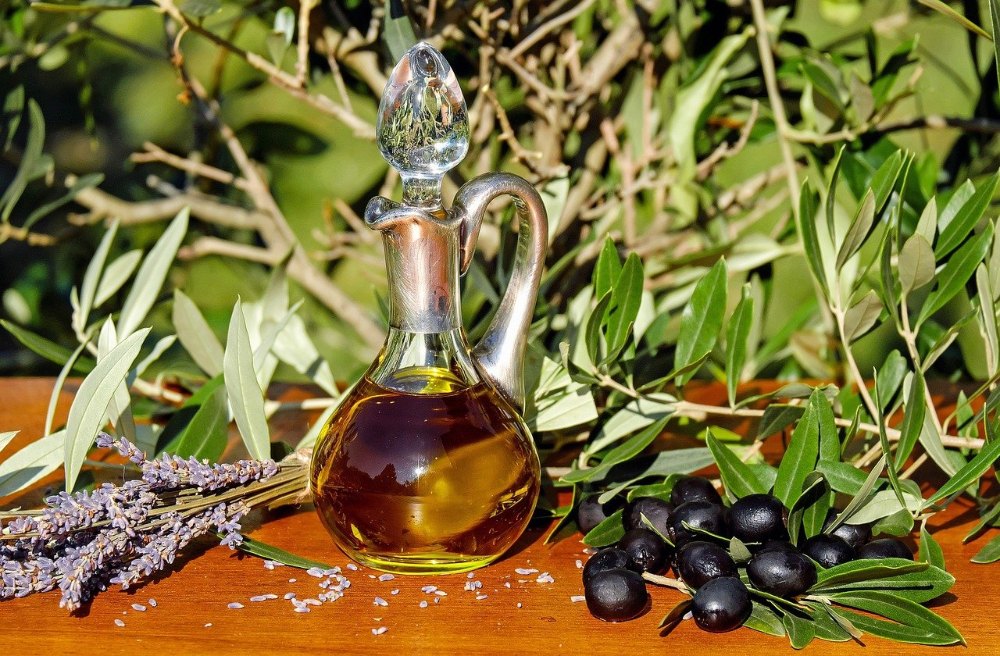Popular on Food52
Continue After Advertisement
120 Comments
wgfoodie
March 14, 2013
anything that falls under the washoku category is fascinating and enticing to me!
Brenzo
March 14, 2013
Can't pick one favorite, as my true answer would be 'anything that my Momma makes'. I was truly blessed growing up to have a mother who was an amazing cook and incorporating Japanese twists into our Western meals.
But, for the sake of the contest, I will choose one. The doughy treat my Mom made me when we had tonkatsu (Japanese pork cutlets). After the cutlets were thru the egg wash and flour and bread crumbs, and after they were fried, there was always a bit of leftover egg wash and flour. My Mom would mix the egg and flour Together, then fry it. When finished, while still warm, it would be dusted with powdered sugar.
This treat was so fun for me. And delicious. I looked forward to it whenever we had tonkatsu. And looking back, it's also very resourceful. The egg and flour was contaminated from the pork, and would have otherwise been thrown out. Instead, nothing was wasted, and my day was made. I love these treats, but even more I love the memory, and my Mom, for always giving me the nourishment I needed.
But, for the sake of the contest, I will choose one. The doughy treat my Mom made me when we had tonkatsu (Japanese pork cutlets). After the cutlets were thru the egg wash and flour and bread crumbs, and after they were fried, there was always a bit of leftover egg wash and flour. My Mom would mix the egg and flour Together, then fry it. When finished, while still warm, it would be dusted with powdered sugar.
This treat was so fun for me. And delicious. I looked forward to it whenever we had tonkatsu. And looking back, it's also very resourceful. The egg and flour was contaminated from the pork, and would have otherwise been thrown out. Instead, nothing was wasted, and my day was made. I love these treats, but even more I love the memory, and my Mom, for always giving me the nourishment I needed.
MsMora
March 14, 2013
I love all the textural qualities of Japanese food, especially natto and shiokara. Some of the rather strong smelling products, such as kusaya (fermented fish), are favorites as well. My Japanese friends tell me I'm more Japanese than they are.
k.woody
March 14, 2013
Absolutely love toro, but I also fall hard for ramen in a spicy miso broth with pork and a nice runny egg on top. Yum!
247foodlover
March 14, 2013
My favorite is: Miso Ramen with cha-shu (pork), bamboo shoots, and jelly-ear with a side of a boiled egg that's been simmered in soy sauce. So yummy! Chicken Heart Yakitori (all yakitori in general)and Soboro Rice are definitely a close second. So hard to choose the best dish since I love Japanese food! :)
kimcam
March 14, 2013
My absolute favorite as of last December is miso tsukemen - wish I could find it in the states!
taikobaker
March 14, 2013
Scalding hot miso soup with rice and an egg poached in it with crisp, buttered sourdough toast on the side. Best breakfast!
Katiedidit
March 13, 2013
Almost anything--I am not a fan of natto but I might be able to learn. Grilled mackerel might be my most favorite. Yum!



See what other Food52 readers are saying.